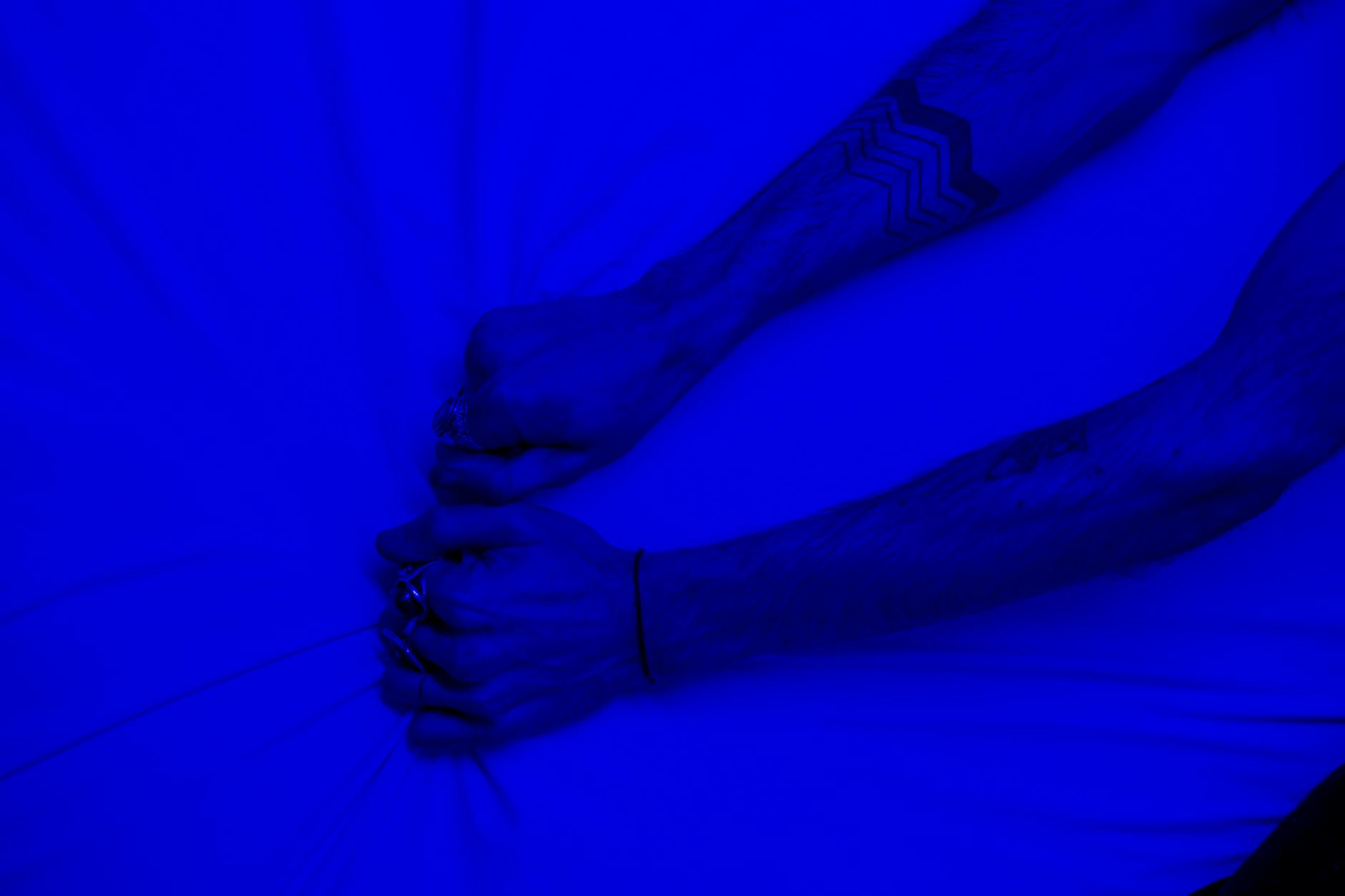Colours are more than just visual aesthetics—they are silent yet powerful communicators that can convey messages and moods within seconds. In the vibrant world of branding, colour psychology plays a crucial role in forming perceptions and eliciting emotions. Just as a painter chooses colours to evoke specific feelings in their masterpiece, brands strategically select colours to communicate their identity and connect with their audience.
Understanding Colour Psychology
Colour psychology is an exploration of how hues affect human behaviour and perceptions. It delves into the intricate ways colours evoke emotion and influence our decisions, serving as a silent partner in the branding sphere. When you see your favourite brand's colours, do you feel comfort, excitement, or trust?

Photo by cottonbro studio
The Science Behind Colours
Colours are perceived through a fascinating interplay between our visual senses and psychological responses. The design studies taken from DesignRush, show how our brains establish sensations and emotions from colours. For instance, red may raise your heart rate, while blue has a calming effect. This is not just an abstract theory, but a scientifically backed observation of our neurological responses to colour stimuli.
Emotional Responses to Colours
Every colour tells a story. Red often shouts excitement and urgency, while blue whispers trust and professionalism. Green may beckon with promises of growth and wellness. For instance, red is always associated with passion or urgency, and hence it should be utilized in areas such as adverts and promotions. Blue, in contrast, is linked to feelings of trust and reliability. Understanding these associations can be a game-changer in branding strategies.
Colour Meanings in Branding
The colours in your branding palette are the foundation of your brand's visual language. Each hue holds specific meanings and affects how consumers perceive your brand. The choice of colors may relate to the emotions and expectations of customers, thus deeply affecting their decisions.
Red: Passion and Energy
Red is a colour that can't be ignored. Its very bright colour, interpreted as excitement, passion, and a call to urgency, also explains why it often finds its way into brands looking to drive action. Brands like Coca-Cola utilize red to create an energetic and dynamic image, encouraging consumers to feel the exhilarating joy the drink promises. Discover more about how red impacts marketing on HubSpot.
Blue: Trust and Dependability
Blue is synonymous with trust, professionalism, and calmness. It is often used by finance, tech, and healthcare brands aiming to foster confidence and stability. Take Facebook, for instance. Its blue branding reassures users of connection and reliability. This choice is not by chance but a calculated move to build trust and create a sense of community. You can visit Ignyte Brands for more details.
Green: Growth and Health
Green is the colour of nature and often represents health, growth, and renewal. This makes it a popular choice for brands in wellness, environmental, and food sectors. Brands like Whole Foods use green to emphasize their commitment to healthy, organic produce, creating an immediate association with freshness and vitality.
Creating a Colour Palette for Your Brand
Designing a colour palette is more than picking favourite colours; it's about aligning those choices with your brand's core values and mission.
Identifying Your Brand Personality
Every brand has a personality, and colours are the visual voice of this personality. Reflect on what values you want your brand to convey. Is your brand quirky and fun or calm and professional? Aligning your colour choices with your brand's personality is crucial. You can learn more about choosing brand colours on Vistaprint.
Testing Colour Combinations
Once you've identified potential colours, it's essential to test how they work together and resonate with your audience. User testing can provide valuable feedback, ensuring your colours convey the right message and emotional tone. Experimentation will lead you to the harmony that aligns with both your brand and your audience's sensibilities.
Case Studies: Successful Use of Colour in Branding
Learning from successful brands can provide inspiration and insight into the powerful impact of colour psychology.
Coca-Cola: The Power of Red
Coca-Cola's consistent use of red is a textbook example of leveraging colour psychology. The use of this vibrant hue has helped maintain their image of excitement and energy across cultures and eras, reminding every customer of its refreshing promise.
Facebook: The Reliability of Blue
Facebook's blue palette is intentionally chosen to communicate trust and reliability, essential for a platform cantered on personal connections and community-driven content. It didn't just choose blue arbitrarily; it's about making users feel secure as they interact online.
Conclusion
Colour is an influential tool in branding that goes beyond aesthetics, affecting perception, emotion, and even purchasing decisions. Understanding the psychology behind it helps you craft a visual story that aligns your brand with your audience's expectations. Whether your brand whispers trust or shouts vitality, your color palette is the one talking loudest. Be intentional with your choices, for they are your brand's first impression. Embrace the power of colour to enhance your brand's identity and ensure it resonates in the hearts of your consumers.





0 Comments